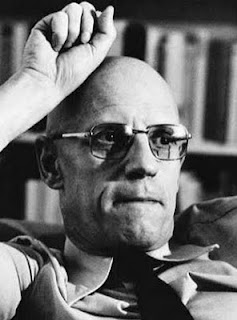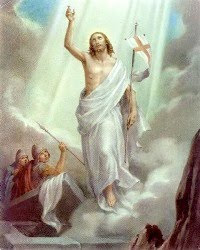
By using the theories of semiotics and representation we will be able to delve into the realms of signs and representations that are found within this novel by asking questions of the text such as “What are some of the signs and sign makers that appear in the novel?” “What do these signs represent?” “What purposes do these signs and representations have?” “What were the sign maker’s intentions?” The theories of semiotics and representation, which are theories of signs wherein one thing (the sign) stands for (represents) something else (the signified), are useful tools of analysis for the literary critic because literature is created with language and language itself is a system of signs. As philosopher “Claude Levy-Strauss noted . . . ‘language is the semiotic system par excellence; it cannot but signify, and exists through signification’” (Chandler, p. 9). Authors create signs and representations by using language. For example, an author will create fictional objects and characters that signify, on the surface, the fictional objects and characters themselves but the author can also use these same fictional objects and characters to represent something more. Although a lesser author will use signs simply to create fictional objects and characters, a good author makes use of signs, such as fictional characters and objects, in order to communicate complex deeper meanings by creating signs that signify far more than the fictional characters and objects themselves.
As a theory, “semiotics is concerned with everything that can be taken as a sign” and “involves the study . . . of anything which stands for something else” (Eco) and a “crucial consideration that enters into any analysis of representation is the relationship between the representational material and that which it represents” (Mitchell, p. 14). Oscar Wilde's novel, The Picture of Dorian Gray, is the story of a complex sign—a picture (or portrait) of Dorian Gray—that is embedded within a complex system of signs (i.e., language) which is the text of the novel itself. The novel’s characters and objects, such as Sibyl Vane and the portrait of Dorian Grey, signify and represent to us far more than what might at first appear to the casual, uncritical reader. One question for the critical reader being: “What more do these fictional characters and objects signify and represent than what they at first appear to signify and represent?” In The Picture of Dorian Gray, the portrait of Dorian is not simply a portrait, nor is Sibyl Vane simply a woman Dorian falls in love with. Oscar Wilde is using these signs and representations to signify much more than this. “One crucial consideration that enters into any analysis of representation is the relationship between the representational material and that which it represents” (Mitchell, 14). The portrait of Dorian can be understood as the representational material that represents Dorian. The portrait of Dorian is an iconic image, a sign that resembles Dorian and points to Dorian who, although absent, might, through his image, be made present to all who see his image in the portrait. The painted representational image of Dorian in the portrait stands for and represents Dorian to others via his likeness; the actual image of Dorian having been reimaged on its canvass


